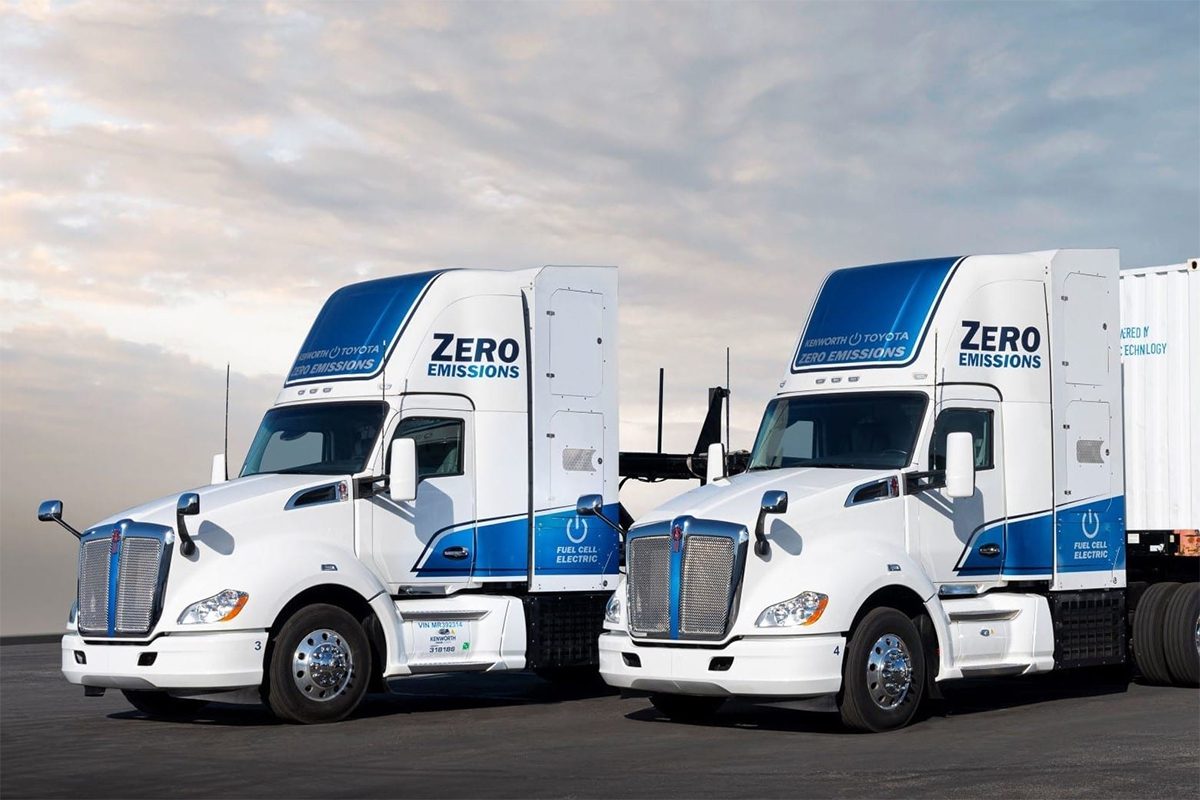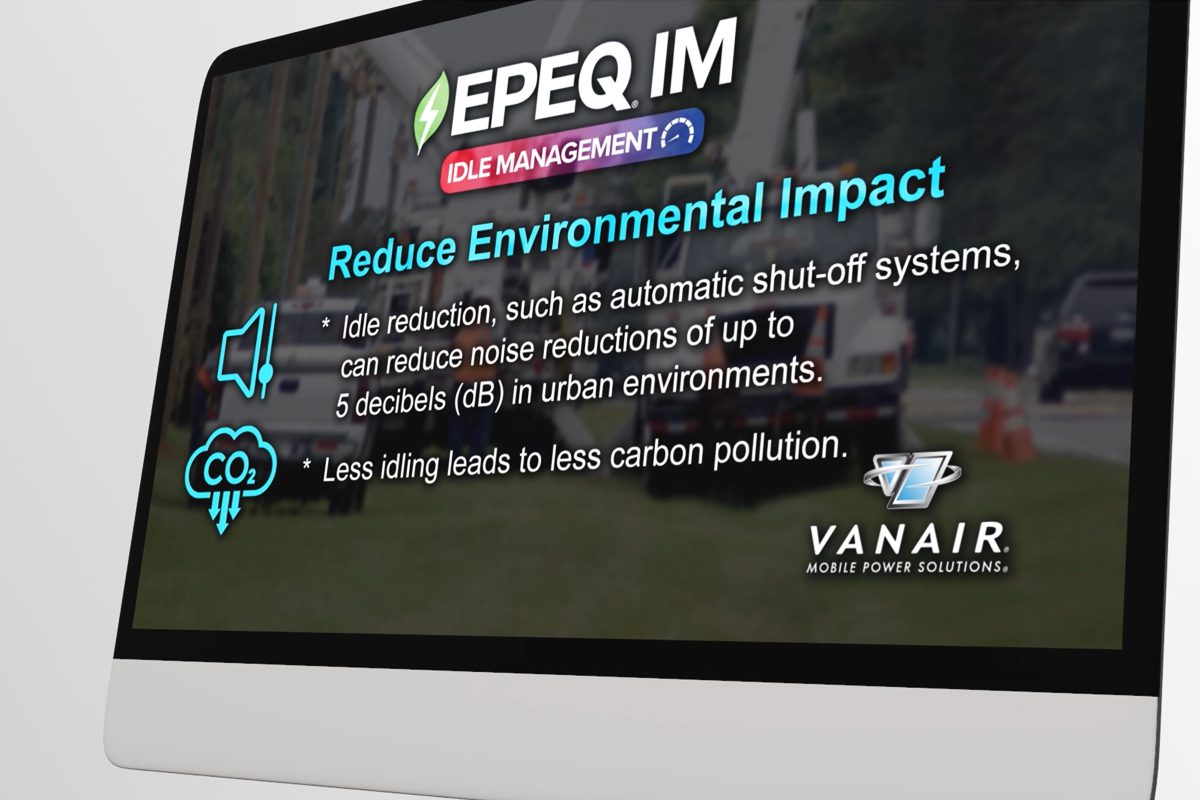In a notable shift within the commercial vehicle sector, OEMs are reevaluating their zero-emission vehicle (ZEV) strategies. Recent developments highlight the complexities and challenges faced in the transition to electric and hydrogen-powered transportation.
Kenworth announced a delay in the production of its hydrogen fuel cell electric T680 tractors. Initially slated for a 2025 launch, the company now cites infrastructure hurdles and market readiness as reasons for the postponement. This decision underscores the broader challenges in scaling hydrogen fuel cell technology within the heavy-duty trucking industry.
GM has temporarily suspended production of its BrightDrop electric delivery vans at the CAMI Assembly plant in Ingersoll, Ontario. The pause, effective April 14, 2025, is attributed to lower-than-expected demand and high inventory levels. Approximately 1,200 workers will be affected, with plans to resume limited production in May and a full shutdown until October. Upon resumption, the plant will operate with a single shift, leading to the indefinite layoff of around 500 workers.
Stellantis has delayed the launch of its Ram electric pickup to the first half of 2025 to ensure quality. The company introduced the STLA Frame platform to support flexible production of gas, hybrid, and electric vehicles. This move reflects industry challenges, including slower-than-expected EV demand and potential policy changes affecting incentives.
Ford has announced delays in the production of a new electric pickup truck and a large electric SUV in response to a slowdown in U.S. electric vehicle sales growth. The electric pickup, initially set to be built at a new Tennessee factory, will now debut in 2026. The three-row electric SUV from the Ontario factory will be postponed to 2027. This move coincides with a dip in EV market share and reflects the company’s strategy to focus on hybrid vehicles in the near term.
These developments reflect a broader trend among OEMs to reassess their ZEV initiatives. Factors such as infrastructure limitations, market demand fluctuations, and policy uncertainties are influencing strategic decisions. The delays and production halts indicate the need for a more nuanced approach to the deployment of electric and hydrogen vehicles in the commercial sector.


